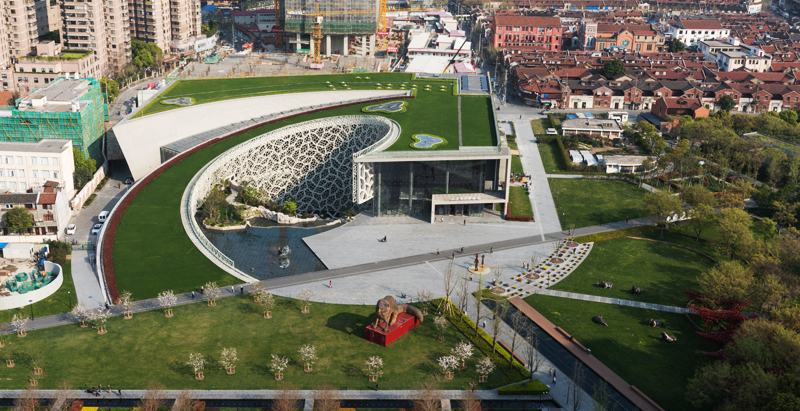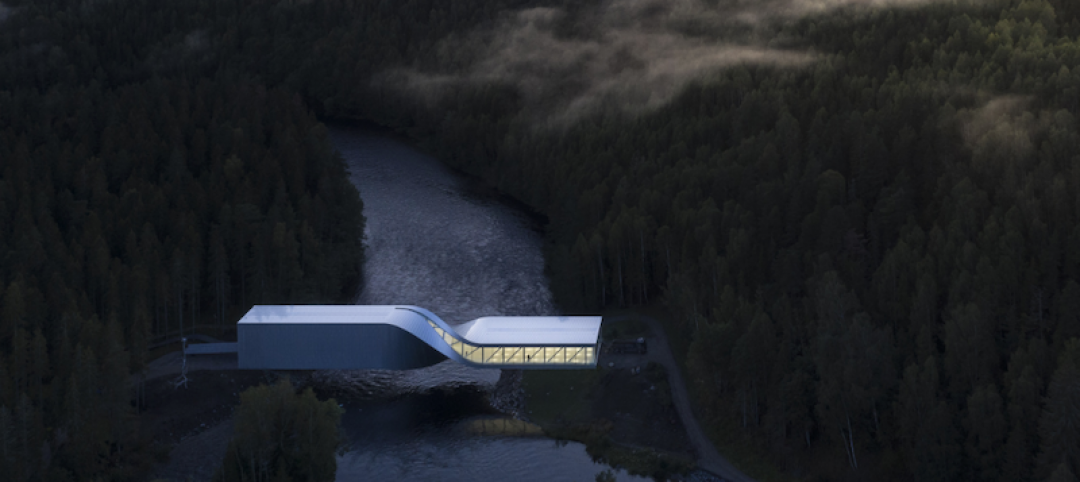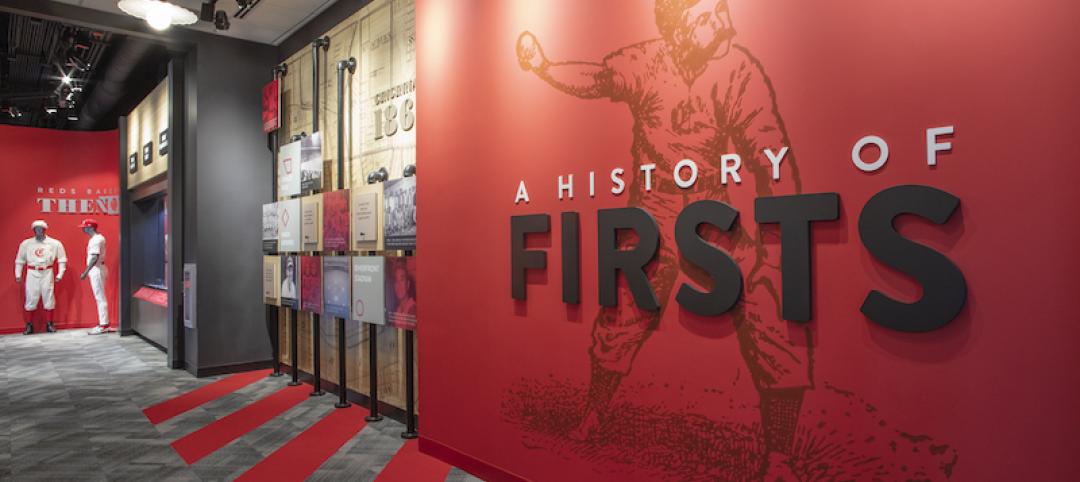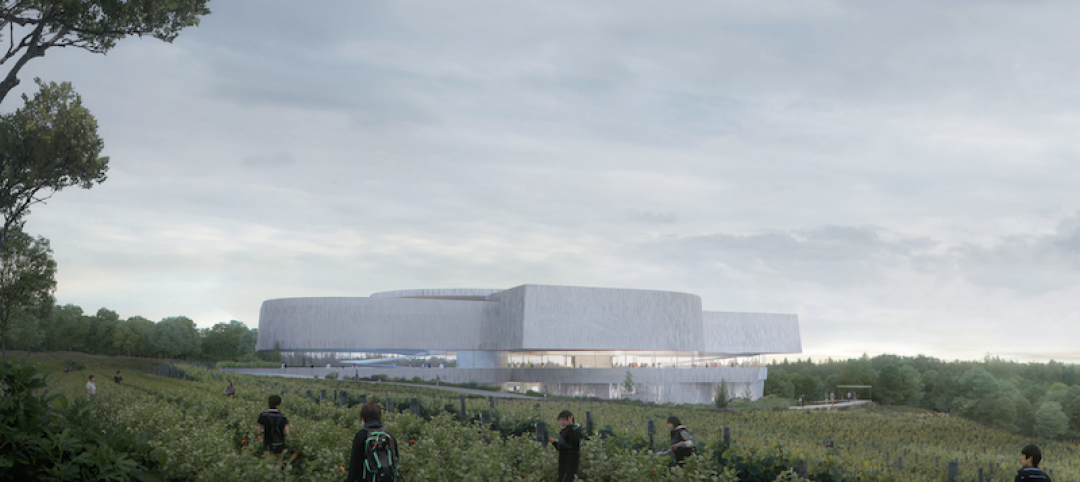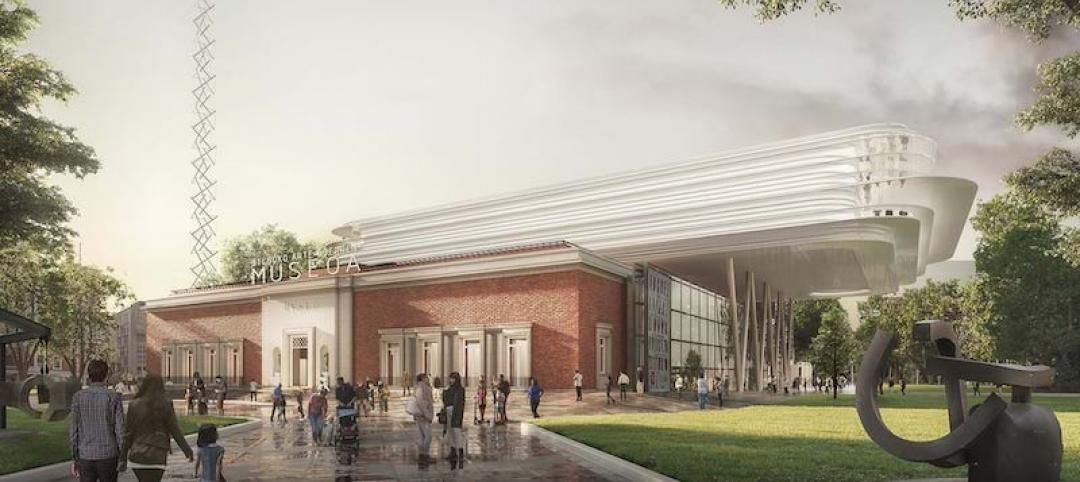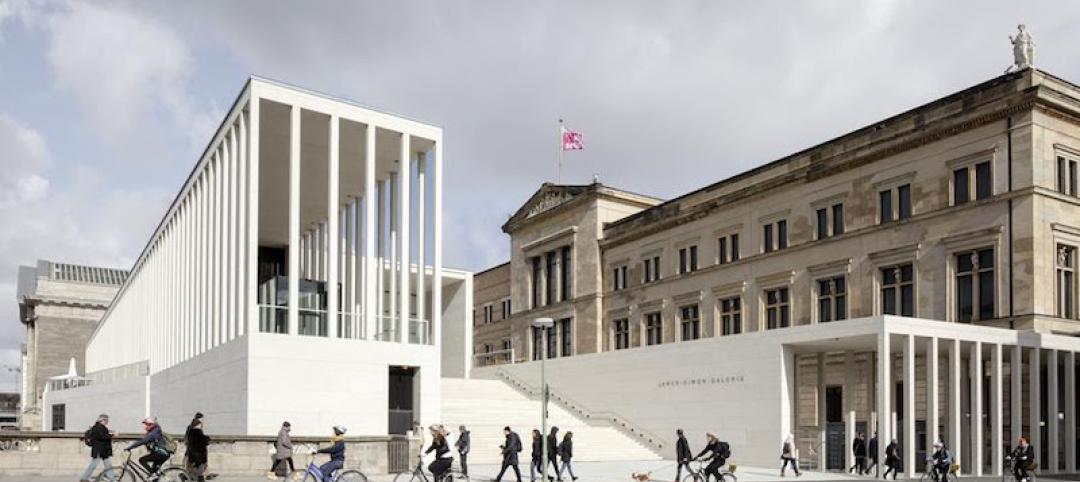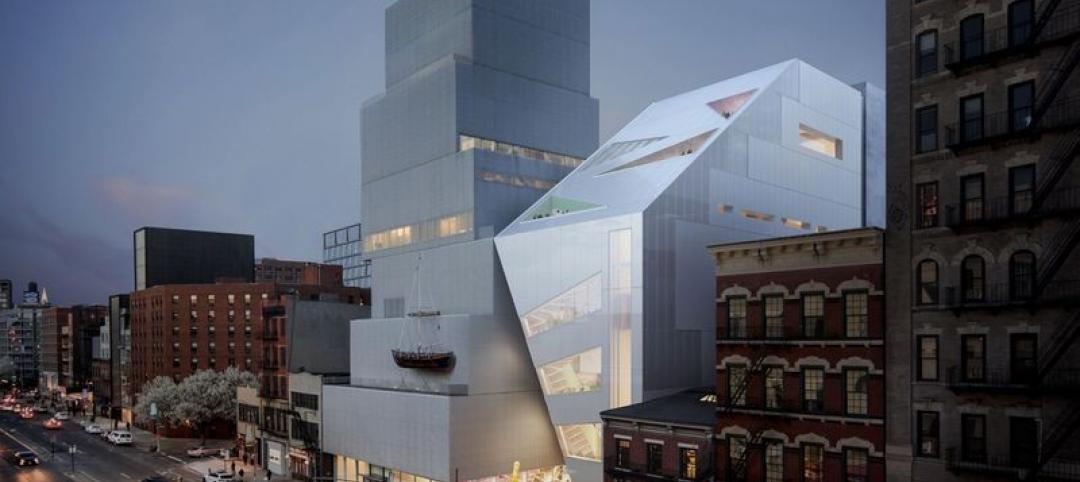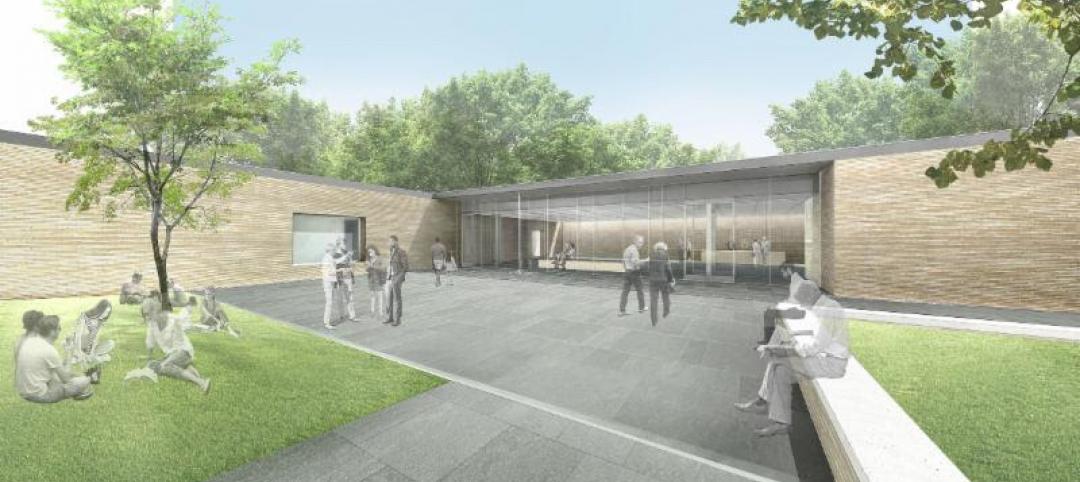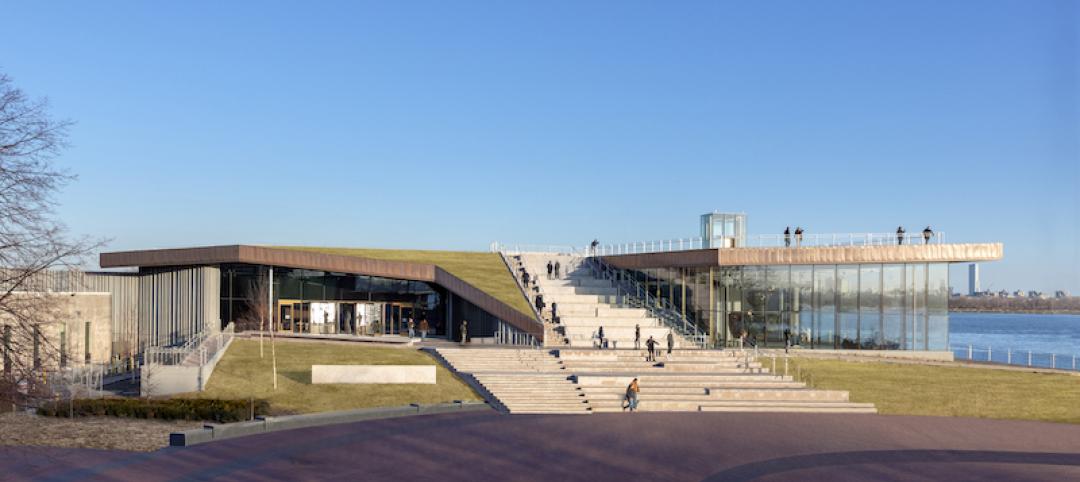The Shanghai Natural History Museum, designed by Perkins+Will’s Global Design Director Ralph Johnson, houses a collection of more than 10,000 artifacts in a building designed with biomimicry—a design modeled on biological entities and processes.
The building is the museum’s new home after moving out of the 1920s-built Shanghai Cotton Exchange, where artifacts ranging from dinosaur remains to mummies from the Ming Dynasty had to share a space so small that no more than 1% of the museum’s entire collection could be displayed at a given time.
At 479,180 sf over six levels, the new facility offers ample space for the museum's collection (20 times more space, according to P+W), and also features a dramatic, 30-meter-tall atrium and an IMAX theater.
Wallpaper reports that the building’s design was inspired by the “pure geometry of a spiraling nautilus shell,” as it curves downward, with the lower three floors going underground.
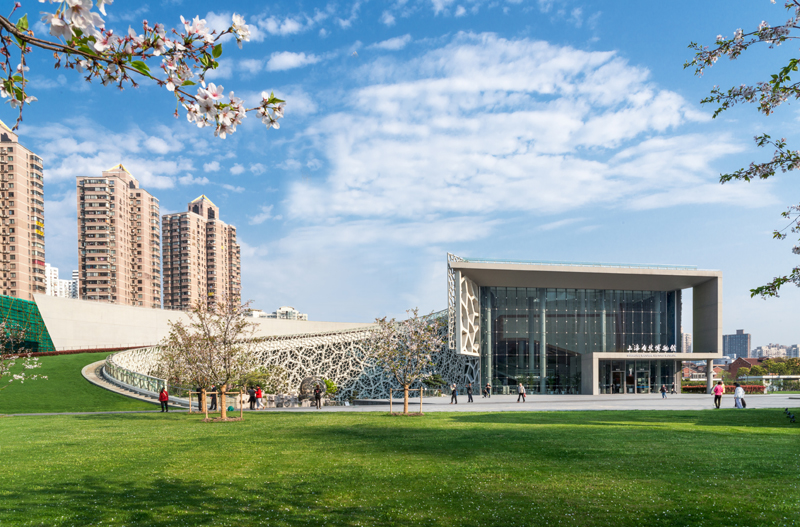
Enclosed by the shell shape is a centrally placed pond that gives way to a series of rocky garden terraces in the style of a traditional Chinese "mountain and water" garden.
Natural elements are depicted across the building’s façades, including the central cell wall representing the cellular structure of plants and animals, the east living wall signifying earth’s vegetation, and the northern stone wall suggesting shifting tectonic plates and canyon walls eroded by rivers.
“The use of cultural references found in traditional Chinese gardens was key to the design,” said Johnson. “Through its integration with the site, the building represents the harmony of human and nature and is an abstraction of the basic elements of Chinese art and design.”
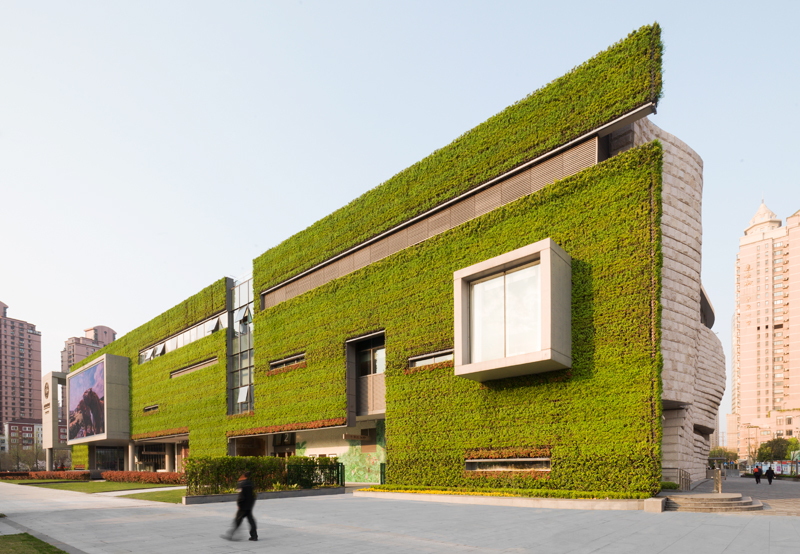
According to P+W, the museum is a bioclimatic building in that it responds to the sun by using an intelligent building skin that maximizes daylight and minimizes solar gain. The oval courtyard pond provides evaporative cooling, while the temperature of the building is regulated with a geothermal system that uses energy from the earth for heating and cooling.
Rainwater is collected from the vegetated roof and stored in the pond along with recycled grey water. All of the energy features of the museum are part of exhibits which explain the story of the museum.
The museum is in the Jing An District, in the center of downtown Shanghai, and within the Jing An Sculpture Park.
Shanghai Natural History Museum from Perkins+Will on Vimeo.
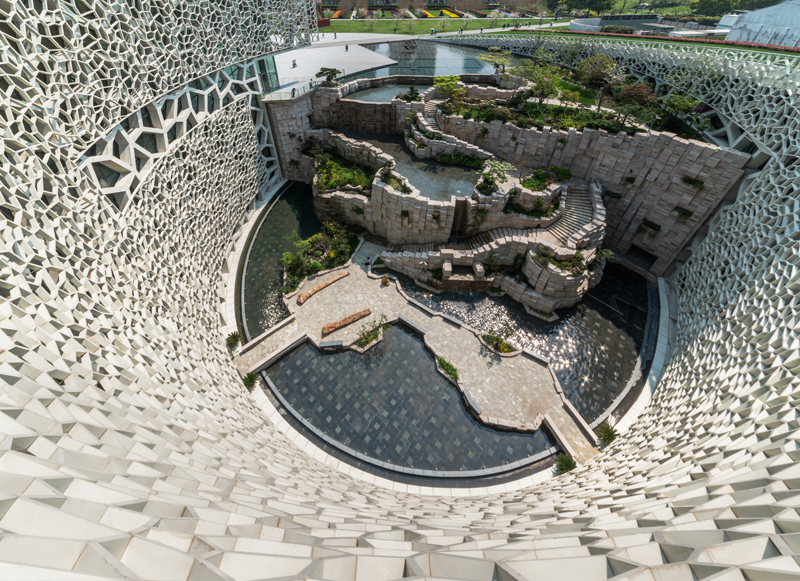

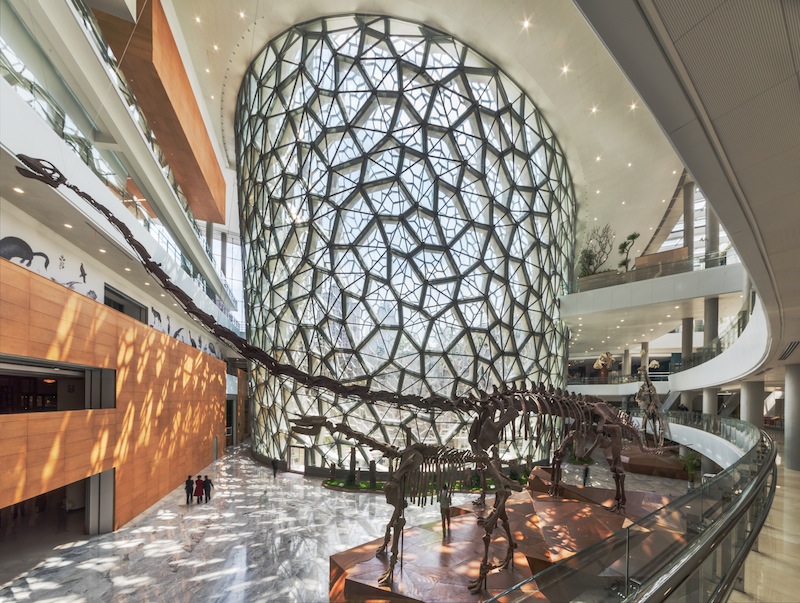
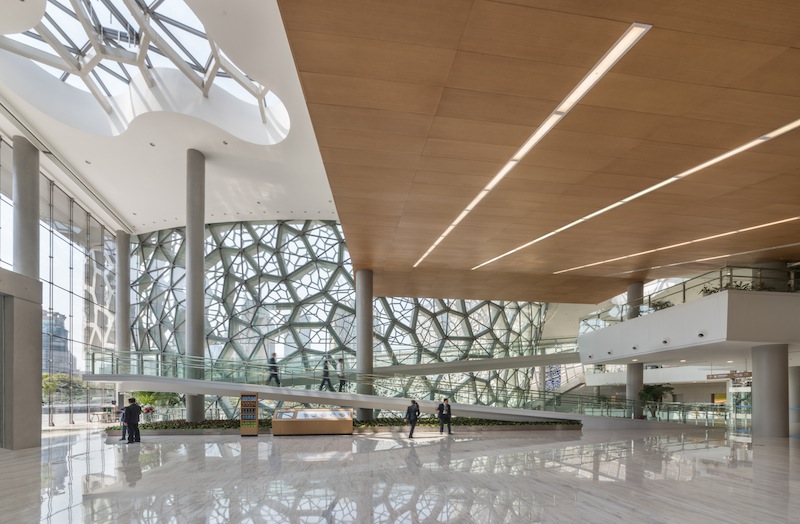
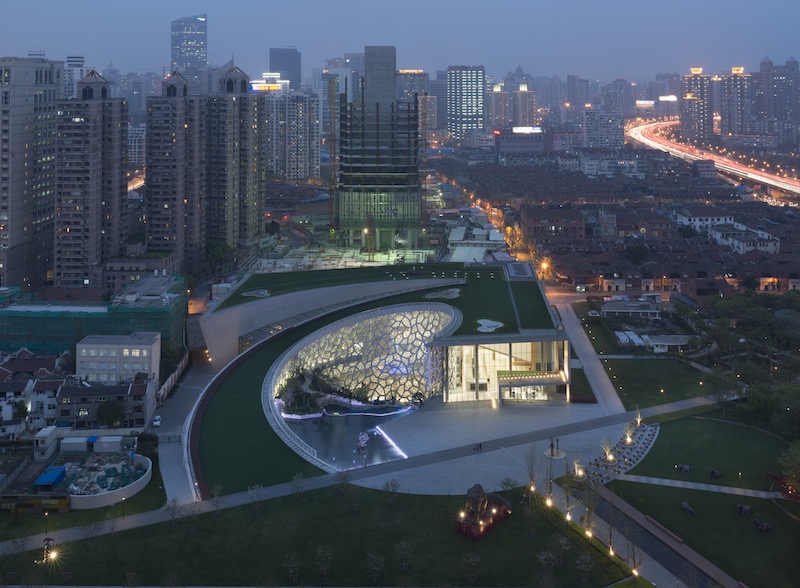
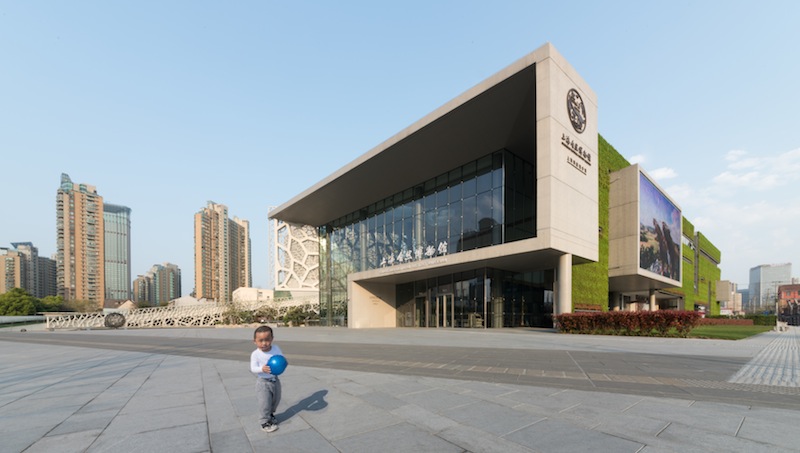
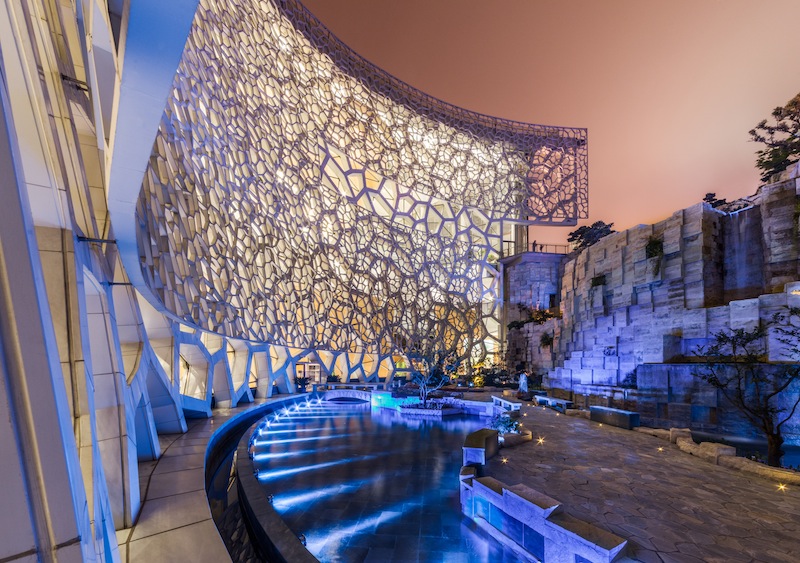
Related Stories
Museums | Sep 20, 2019
Kistefos Museum’s new art institution doubles as a bridge to connect two riverbanks
BIG designed the project.
Museums | Aug 21, 2019
Cincinnati Reds debut renovated Reds Hall of Fame and Museum
FRCH NELSON designed the project.
Museums | Aug 8, 2019
The Challenge Museum includes a two minute walk through farmland to reach the building
UNStudio is designing the project.
Museums | Aug 1, 2019
Foster + Partners wins competition for the expansion and remodeling of the Bilbao Fine Arts Museum
The design looks to reorient the museums towards the city.
Museums | Jul 29, 2019
A new museum debuts inside the Empire State Building
A $165 million, 10,000-sf museum opened on the second floor of the Empire State Building in New York City, completing the second of a four-phase “reimagining” of that building’s observatory experience, which draws four million visitors annually.
Museums | Jul 22, 2019
Berlin’s Museum Island receives its first new building in almost 100 years
David Chipperfield Architects designed the building.
Museums | Jun 28, 2019
OMA unveils design for New Museum's second gallery building
The building is being designed by Office for Metropolitan Architecture/Shohei Shigematsu in collaboration with Cooper Robertson.
Museums | Jun 18, 2019
Frank Lloyd Wright Trust announces new Visitor and Education Center
Architect John Ronan will design the building.
Museums | May 15, 2019
The new Statue of Liberty Museum in New York seeks to educate and inspire
This LEED-Gold building features three exhibit spaces that give visitors more access to and engagement with the statue’s history.


